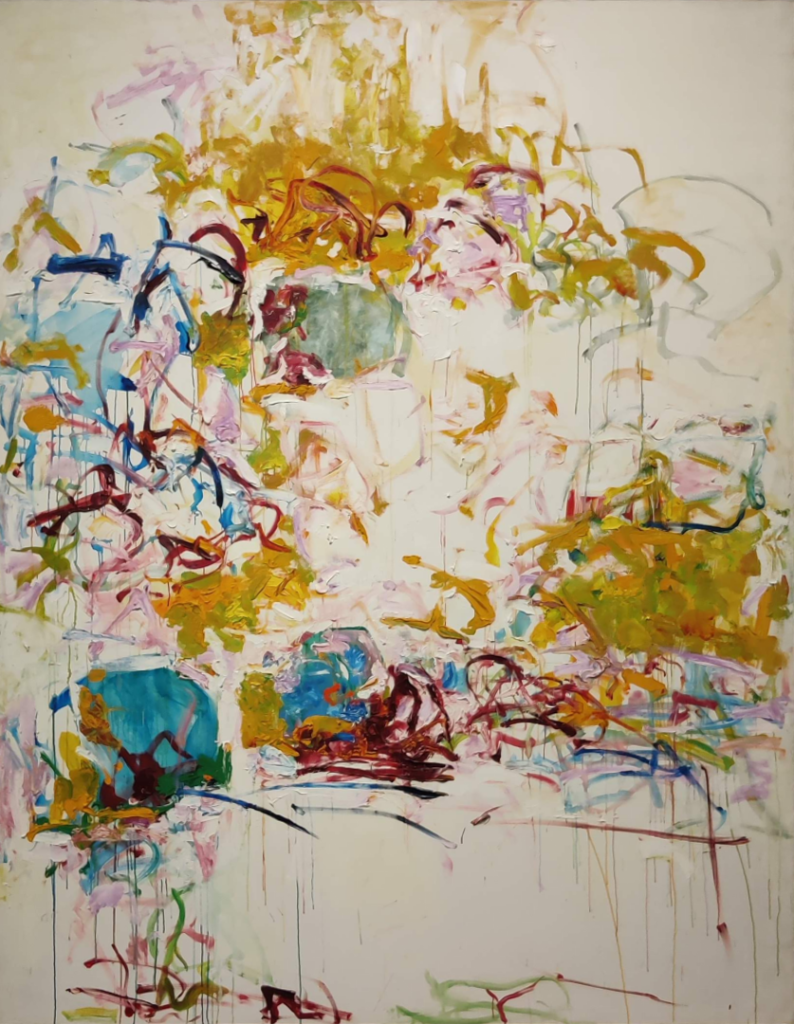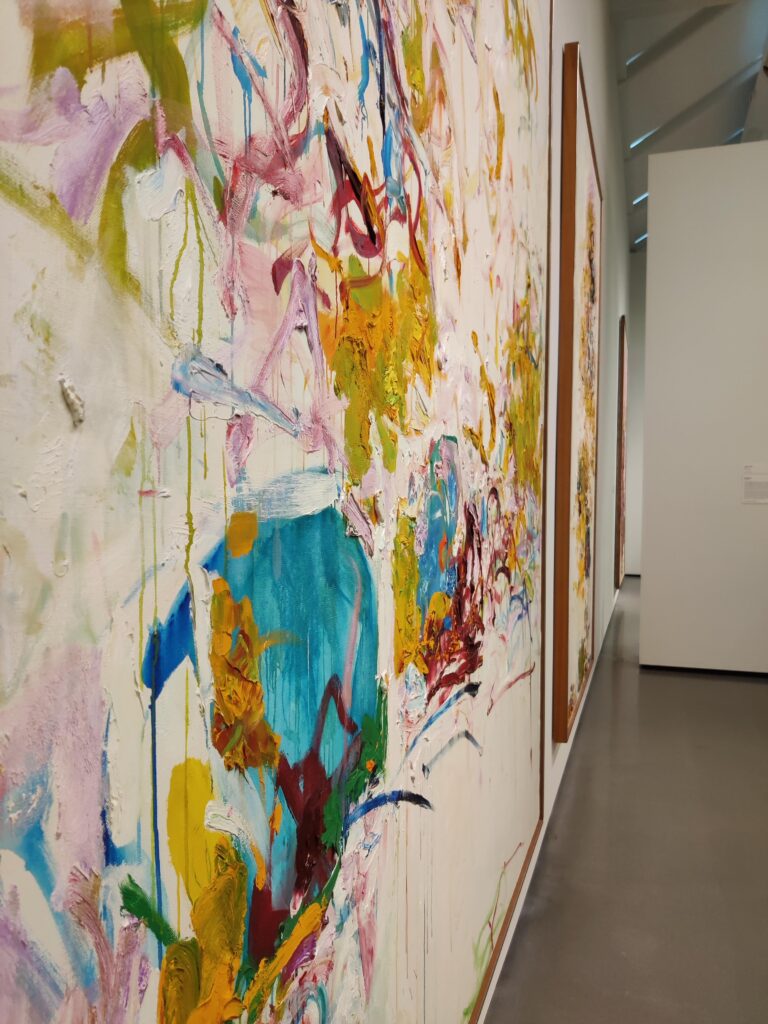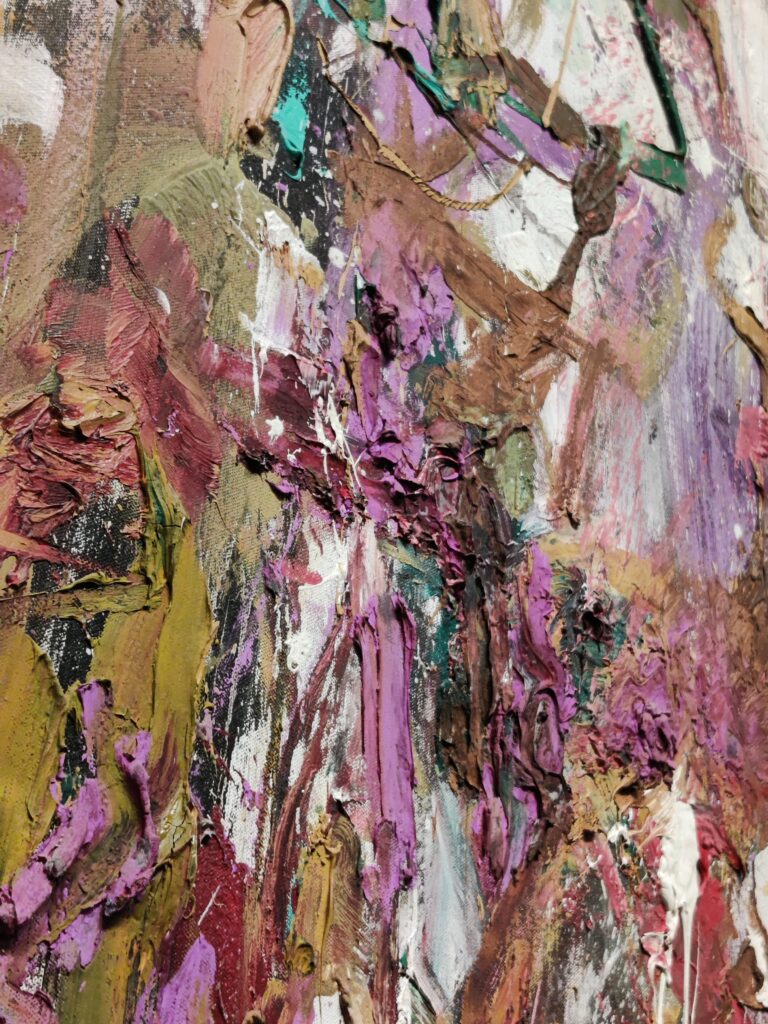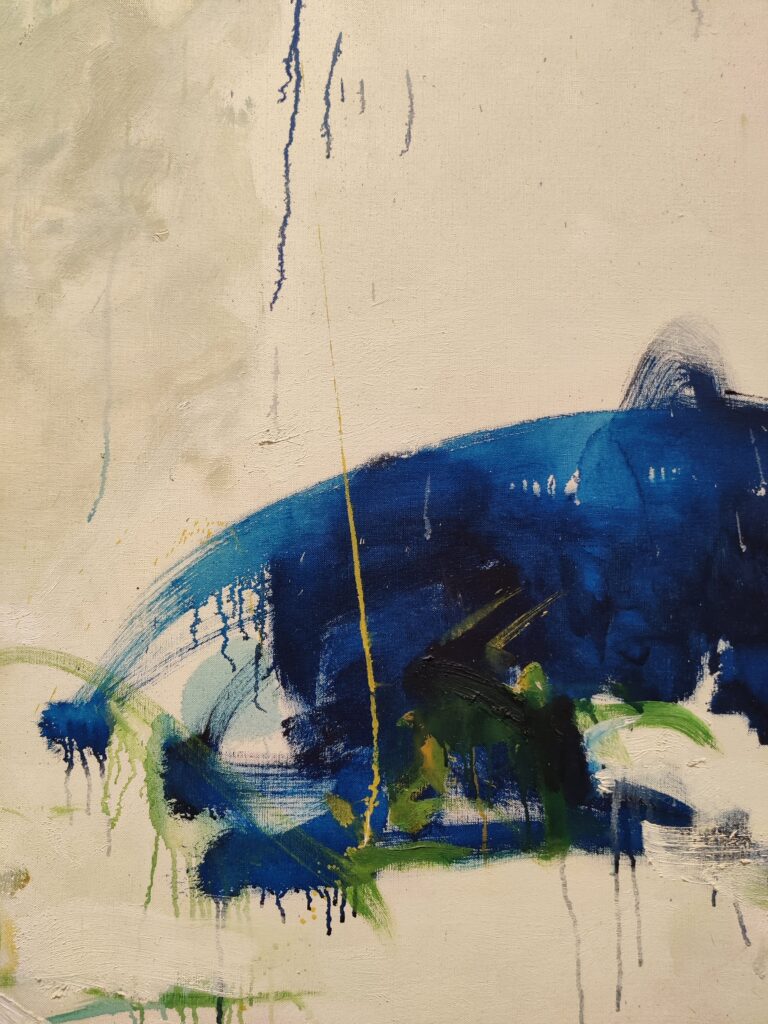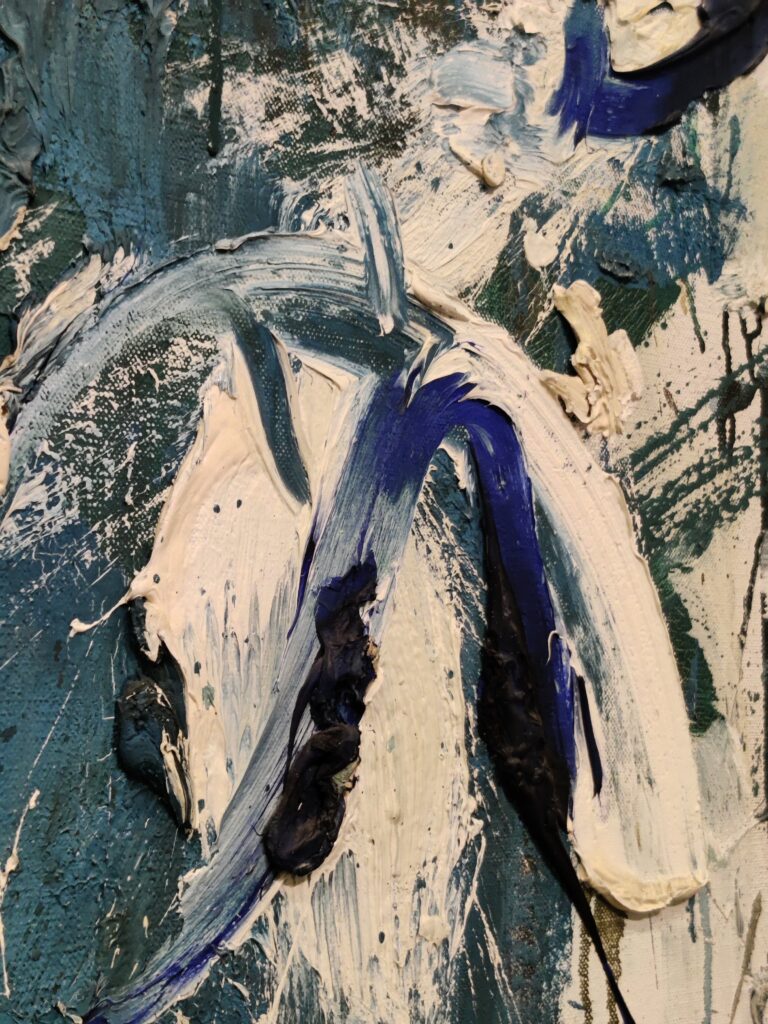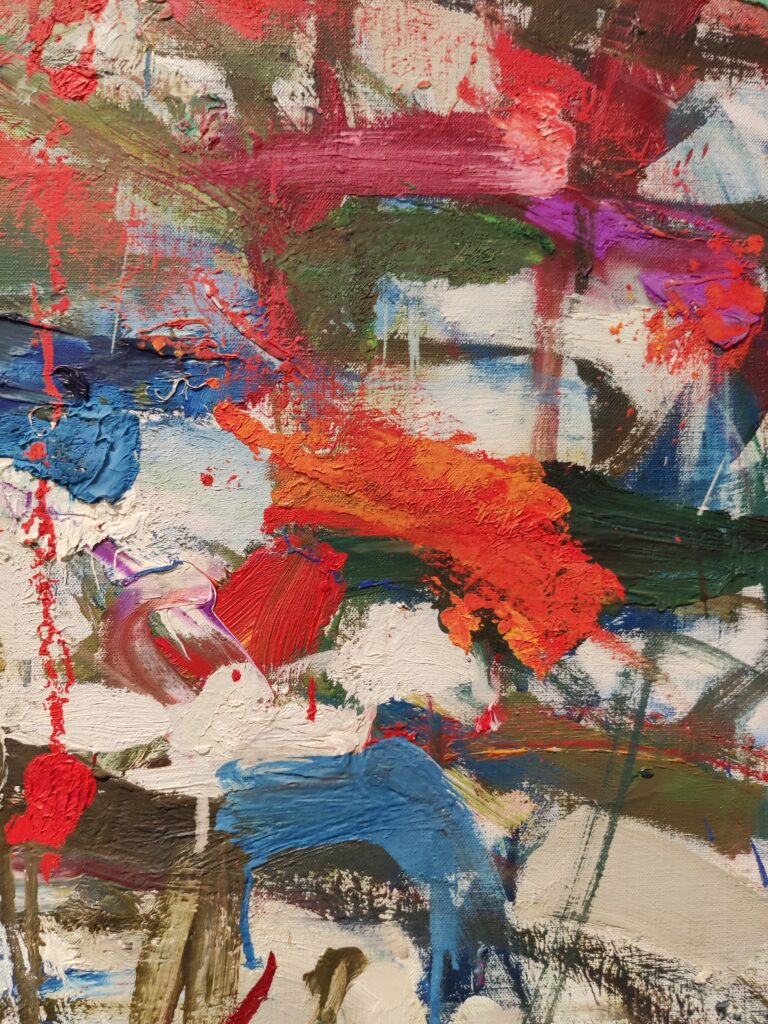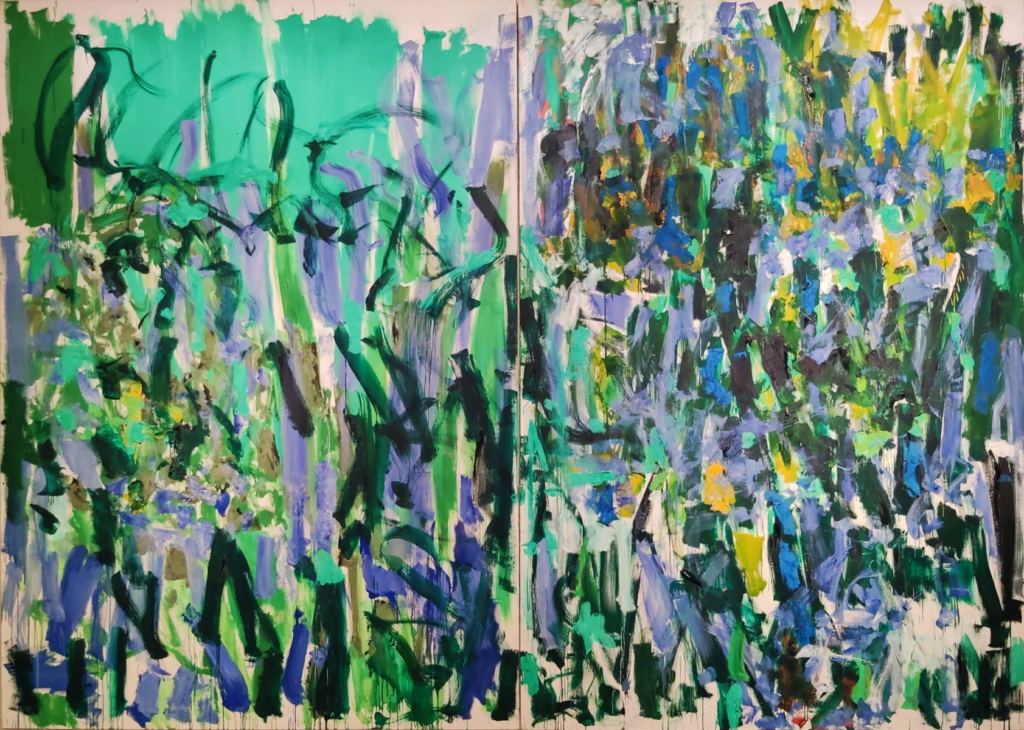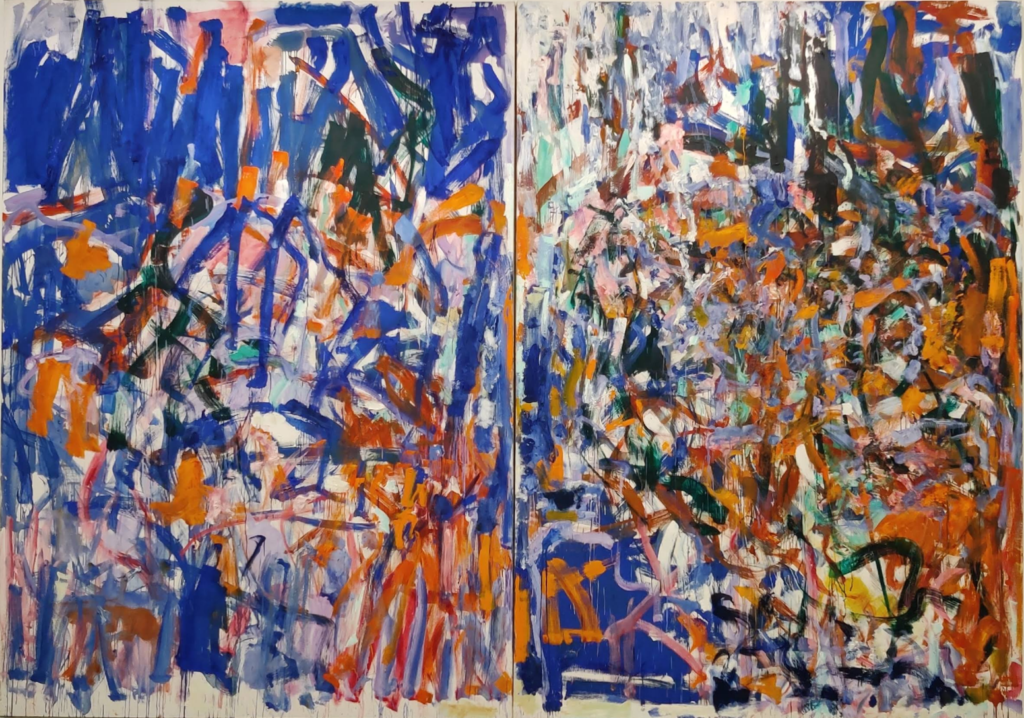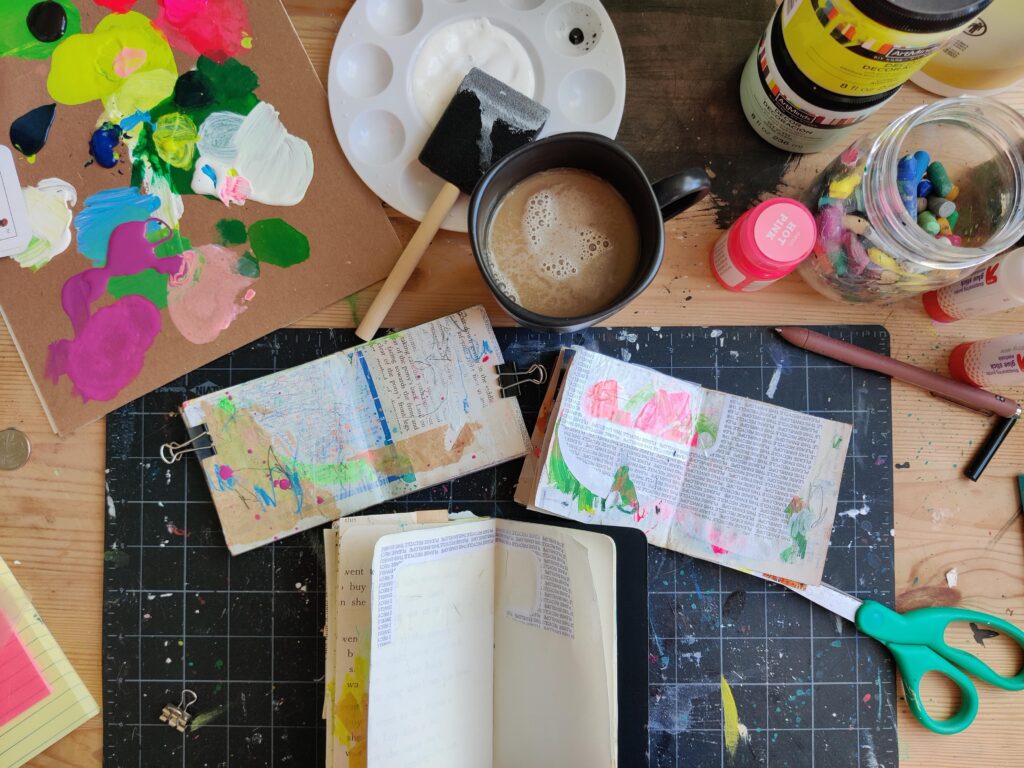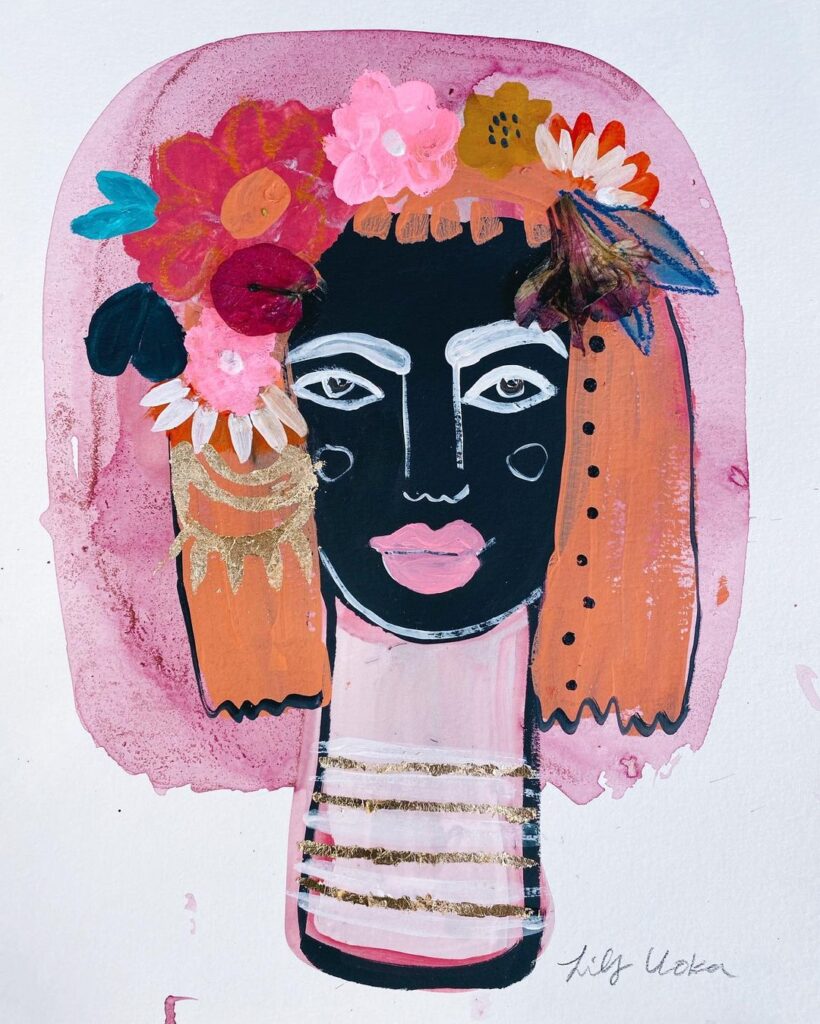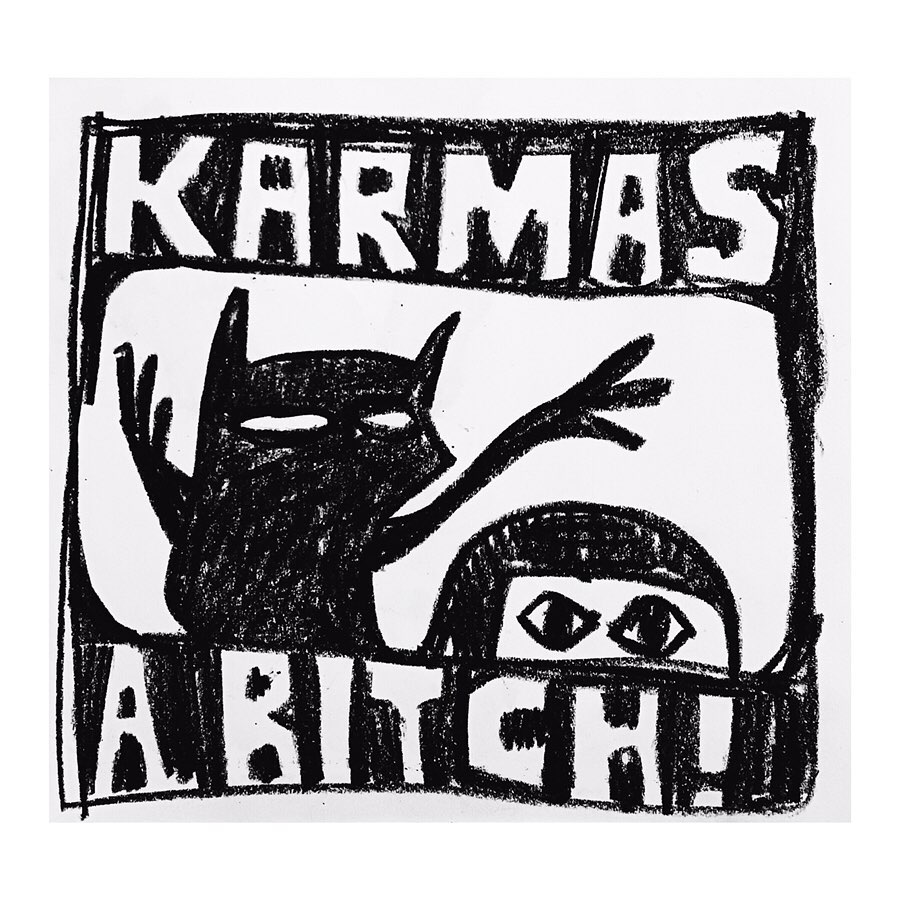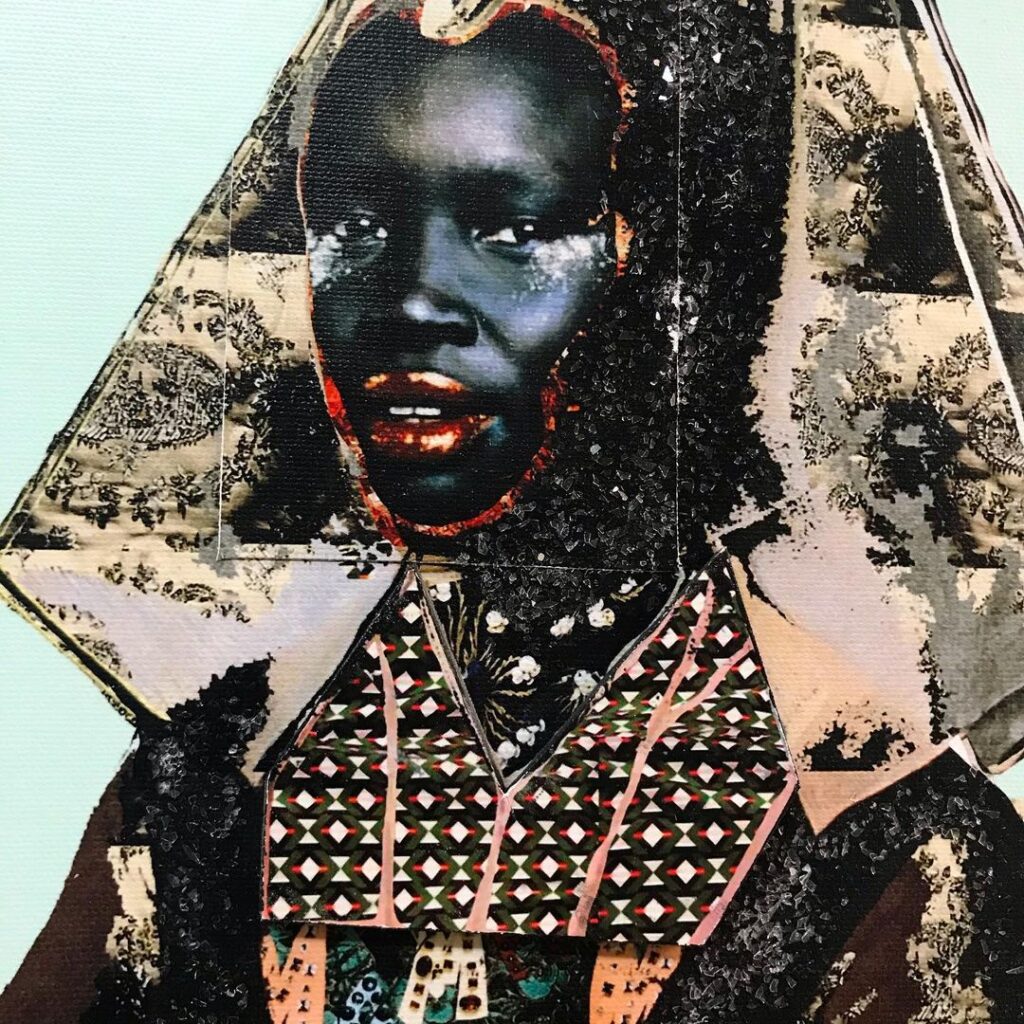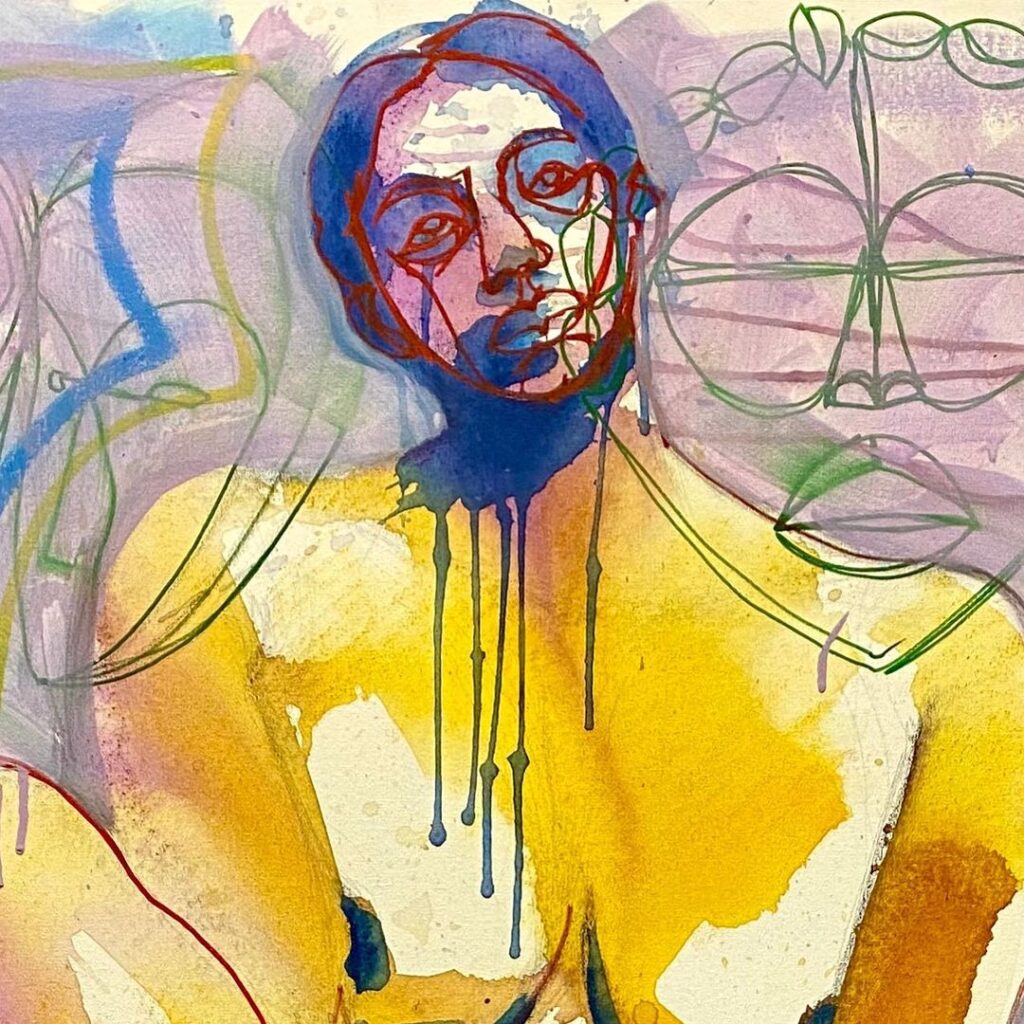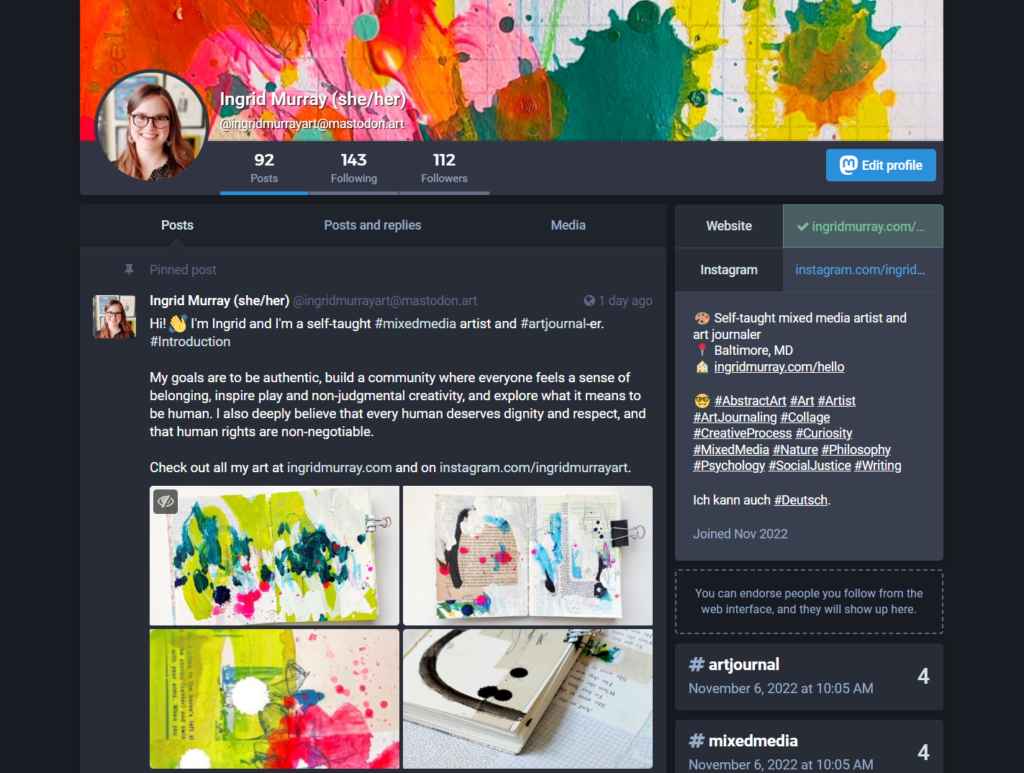
I’ve been thinking a lot about how nothing we share online is guaranteed.
We take it for granted that our Instagram posts will be there to refer back to years later, or that the connections we make on Twitter will last no matter how many times the company changes hands. But really, like everything else in life, change is a constant and nothing is promised.
Over more than a decade, I’ve built a little community of online friends through social media who are kind, generous, and talented artists. There’s Jana Clinard-Harris and Tammy Garcia and Hanna Andersson, who have inspired me and challenged me and encouraged me for years and years. I’ve bought art from Aydin Hamami, Pamela Bates, Emma Howell, Courtney White, and Reneesha Wolfe. I’ve exchanged materials and art with Erin Knepp and Anna Okrasinski Maddox. I did a collaboration with Max Devereaux and joined Under the Influence Art Journaling thanks to a social media introduction.
In short: the connections we make online are real and meaningful and wonderful, and also, due to the nature of social media itself, vulnerable.
I carved out this corner of the world, this website and my newsletter, in part to “own” a little bit of land on the internet. No matter what happens with my accounts elsewhere, this is my home. I’ve also dipped my toes into Mastodon in hopes that a decentralized system may allow for online connections for a longer period of time.
With all that’s going on in the digital world right now, I encourage you to preemptively seek out and save the names and websites of those whose art or virtual company you enjoy. Join their mailing lists. Share yours, too.
(Now, there’s always a chance that everything online will disintegrate at some point, but that’s why I have a paper journal, too.)

